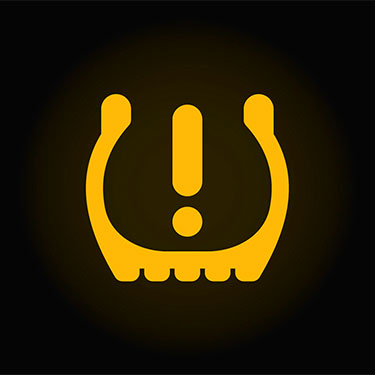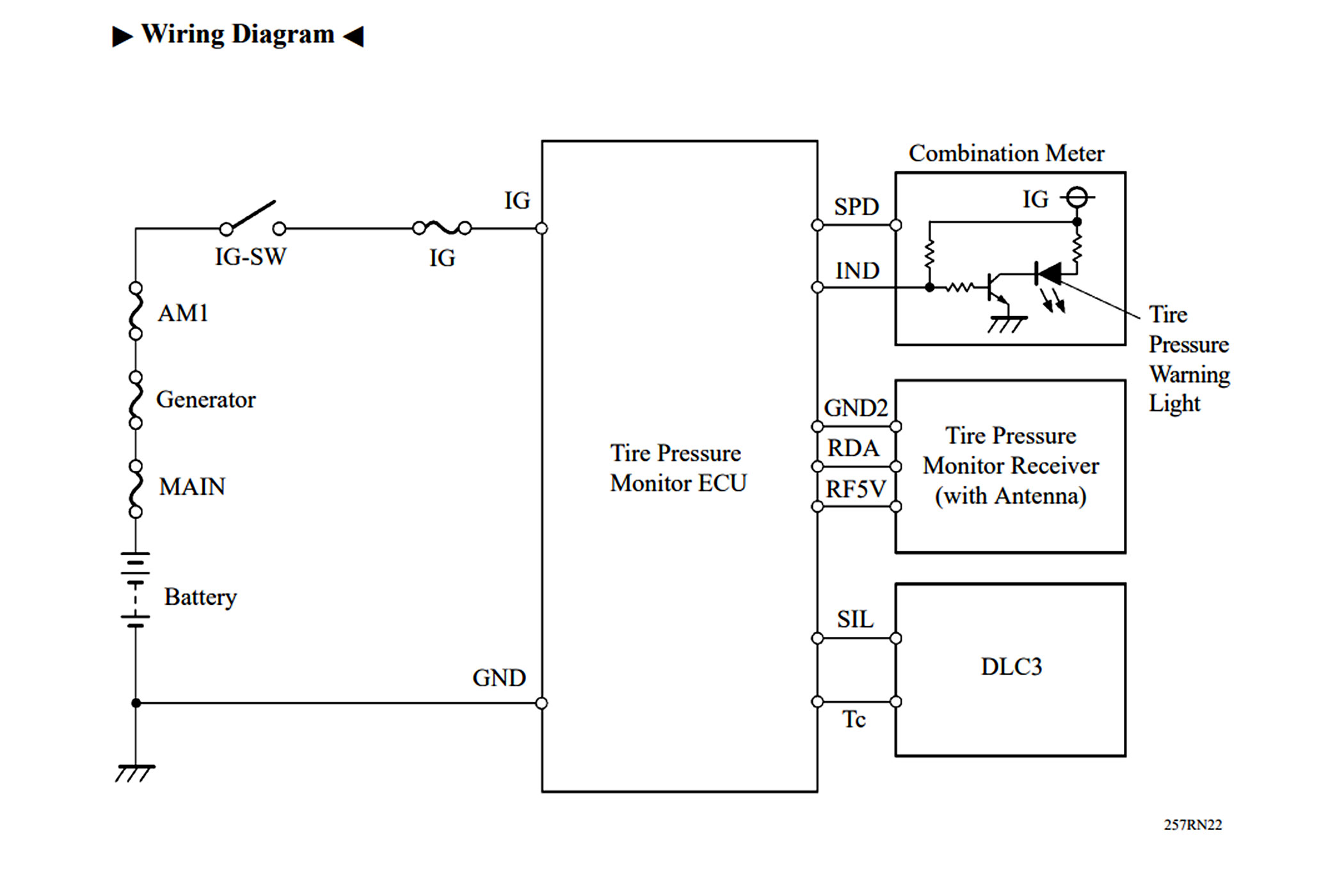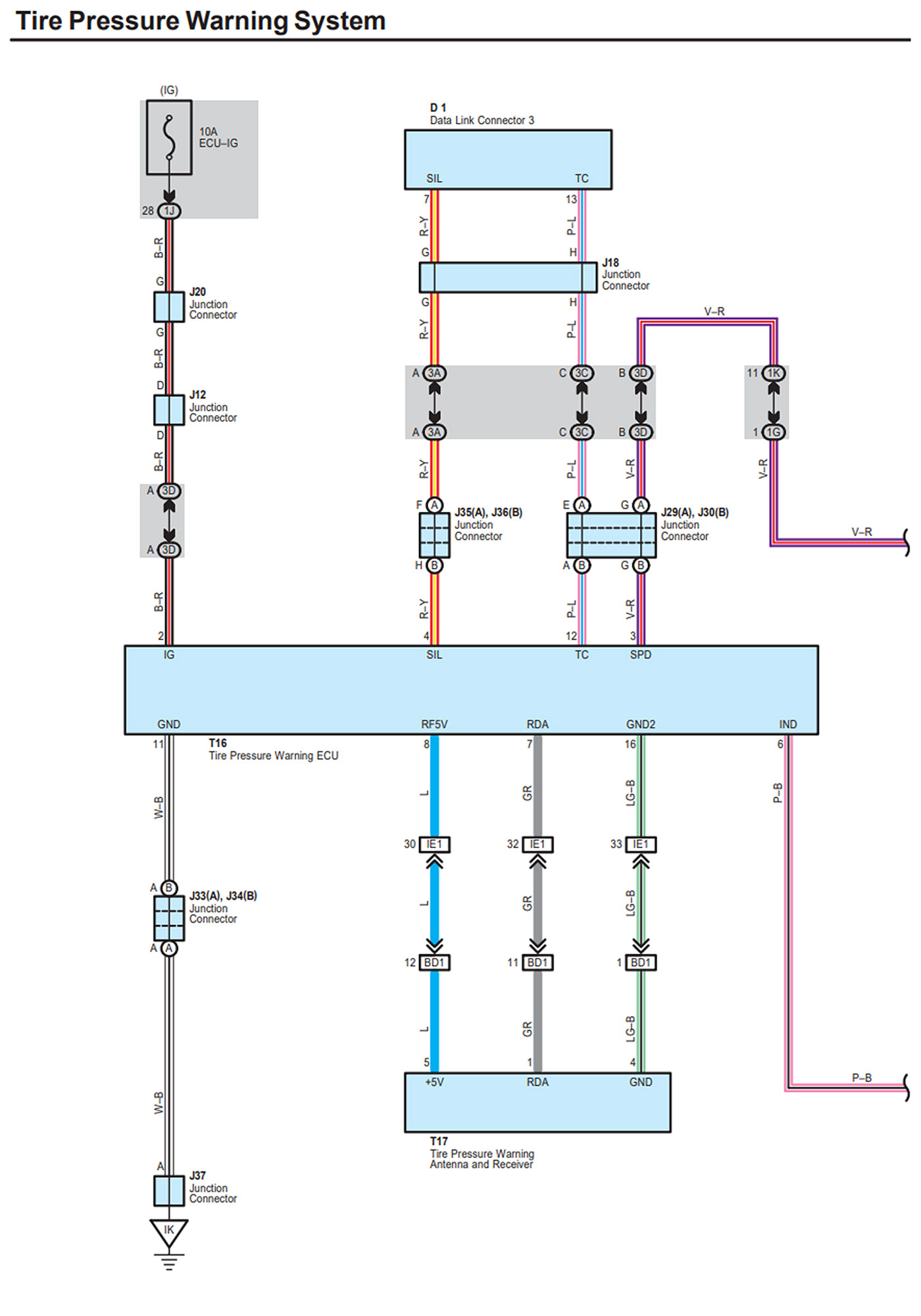|
Main Menu
|
|
|
|
My 2007 4Runner
|
|
|
|
|
|
|
|
|
|
|
|
|
*New*
|
|
|
|
|
|
|
|
|
|
|
|
|
|
|
|
|
|
|
|
*New*
|
|
*New*
|
|
|
|
|
|
|
|
|
|
|
|
|
|
|
|
|
|
|
|
|
|
|
|
|
|
|
|
|
|
*New*
|
|
|
|
|
|
|
|
|
|
|
|
|
|
|
|
|
|
|
|
|
|
|
|
|
|
|
|
|
|
|
|
|
|
|
*New*
|
|
*New*
|
|
*New*
|
|
|
|
|
|
|
|
*New*
|
|
*New*
|
|
*New*
|
|
*New*
|
|
|
4Runner History
|
|
|
|
Other
|
|
|
|
|
Concept:
This modification disables the factory low tire pressure warning light on the dash.
There could be a many reasons why someone might want to disable the factory low tire pressure warning light (TPMS light) in their vehicle,
although it's important to note that tampering with safety features like TPMS can have consequences and may not be advisable.
Why I want to disable TPMS:
I decided to disable the TPMS light when upgrading to new wheels.
I did not want to transfer my factory TPMS sensors over to the new wheels as I was selling my five factory wheels as a complete ready to go set and having TPMS would be an additional selling feature.
I did not want to disturb the tire setup I was selling and incur any additional costs for the transfer. I upgraded the wheels at around the 15 year mark, and while the TPMS sensor batteries were still
appearing to work fine, they were past their rated lifespan and the batteries are not replaceable. There was no sense in transferring these factory sensors over to the new wheels as the batteries could die out
in the very near future. Installing new ones is a significant cost with no benefit to someone such as myself. I regularly check my tire pressure and have never dropped more than a few pounds before
topping off with my onboard air compressor. The warning light does not come on until 26.8psi.
Although 26.8psi is a reasonable 5psi drop from the factory recommended tire pressure, the Toyota 4Runner does not allow user recalibration of the system if running a higher tire pressure such as when using non-factory sized tires.
I run my upsized A/T tires at 42psi and with no way to set the TPMS system to warn at 5psi below 42psi,
I would never get to 26.8psi unless I get a flat, which I could repair onsite using my Safety Seal SSKOTRC Off Road Tire Repair Kit that I
carry at all times. I do not need a light to tell me I have a flat tire. In regards to cost,
Toyota Factory OEM sensors are around $100 each (and you need 5). Mavis, where I priced having my tires mounted and balanced wanted $80 each
for their version of TPMS sensor replacements and would offer a buy five get one free deal (so $320 for 5) when I squawked at the high price.
High quality Denso Toyota Compatible replacement sensors at Amazon.com are $31.50 a piece at this time of writing, which is still an unnecessary
$150+ expense.
Additional reasons someone may want to disable TPMS:
Here are some more potential reasons why someone might want to disable the factory low tire pressure warning light:
Battery lifespan exceeded: Toyota TSB PG004-06 indicates that "Each tire pressure warning valve/sensor is equipped with a lithium battery that has an average life span of 10 years".
Off-Roading: Many people air down below the 26.8psi level when taking the 4Runner off road and as such do not want the light bothering them during these times.
Seasonal Tire Changes: If you switch between different sets of tires for different seasons (e.g., summer and winter tires), each set may have different recommended tire pressures.
And since the 4Runner can only hold a total of 5 sensors programmed into the system, you would need to have the ECU updated at each changeover.
There is a charge for this service, or you can purchase the tool to DIY which is not cheap.
FYI, Toyota Land Cruiser is the ONLY Toyota vehicle with a βMAIN/2ndβ switch. This allows the owner to have two different sets of tires and wheels, with two different sets of tire pressure warning valve/sensor ID numbers.
False Alarms: Sometimes, TPMS sensors can trigger a warning light due to minor fluctuations in tire pressure that don't necessarily indicate a significant problem.
These false alarms can be annoying, especially if they occur frequently.
Faulty TPMS Sensors: Sometimes, TPMS sensors can become faulty or malfunction, leading to false warnings.
In such cases, individuals may consider disabling the light instead of replacing the sensors, which can be costly.
Background Information:
A direct sensing type tire pressure monitoring system (TPMS) was introduced as standard equipment on all 4th Generation Toyota 4Runner models starting in 2004.
TPMS became a mandatory safety feature in the United States for all passenger vehicles, including SUVs like the 4Runner, starting in the 2008 model year.
This requirement was established by the TREAD (Transportation Recall Enhancement, Accountability, and Documentation) Act.
TPMS System Overview:
If the received tire inflation signal is below approx. 185 kPa (approx. 26.8 psi), the tire pressure monitor ECU illuminates the tire monitoring warning light.
A tire pressure warning system malfunction will result in Blinking of the tire monitoring warning light.
This warning light illuminates when the ignition switch is turned ON, and goes OFF after 3 seconds if the system is normal.
If the warning light does not turn OFF, it is necessary to check the condition of the tires.
If there is no malfunction with the tires, there may be a malfunction in the system. In this case, check the Diagnostic Trouble Codes (DTCs).
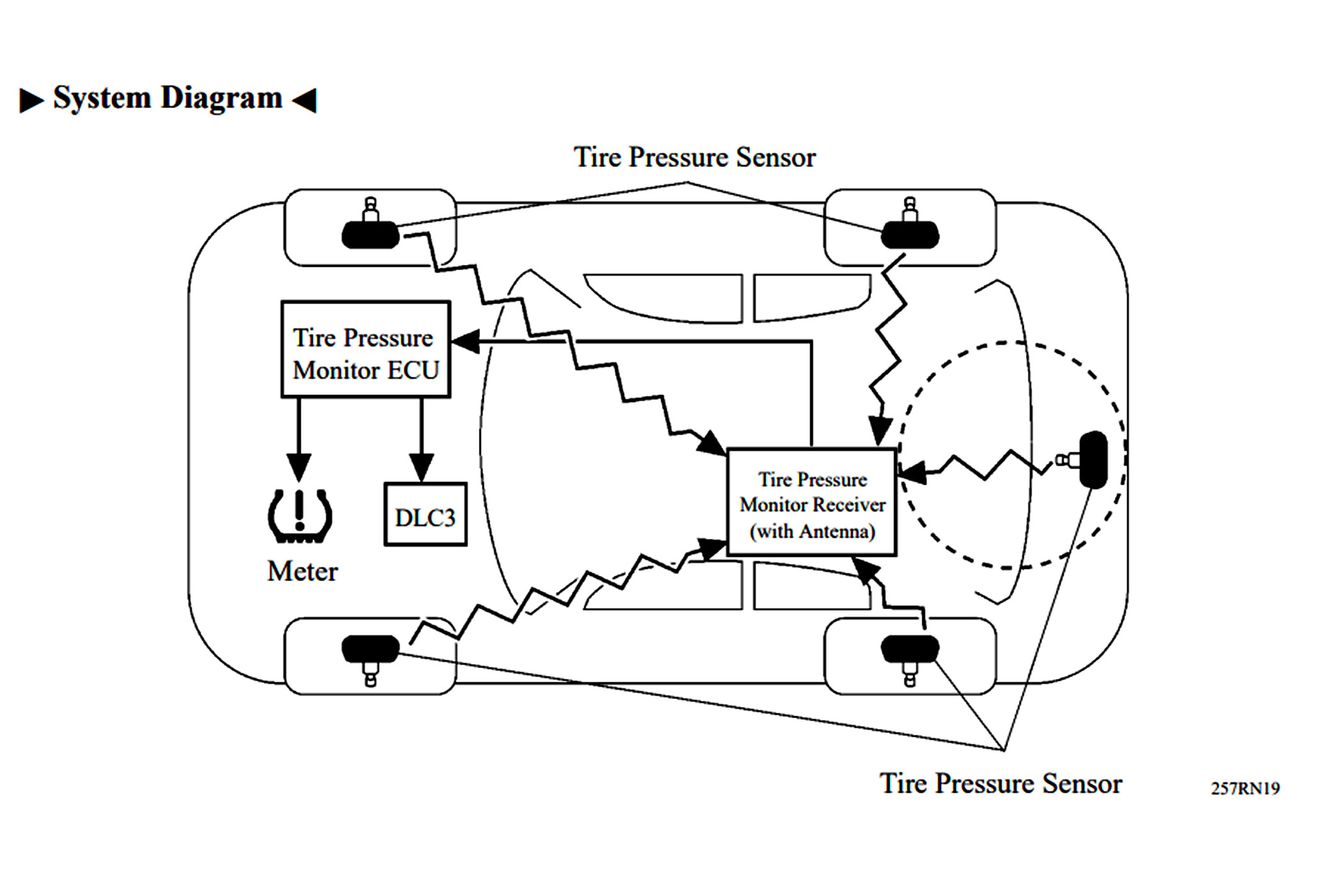
TPMS System Diagram |

Layout of main components |
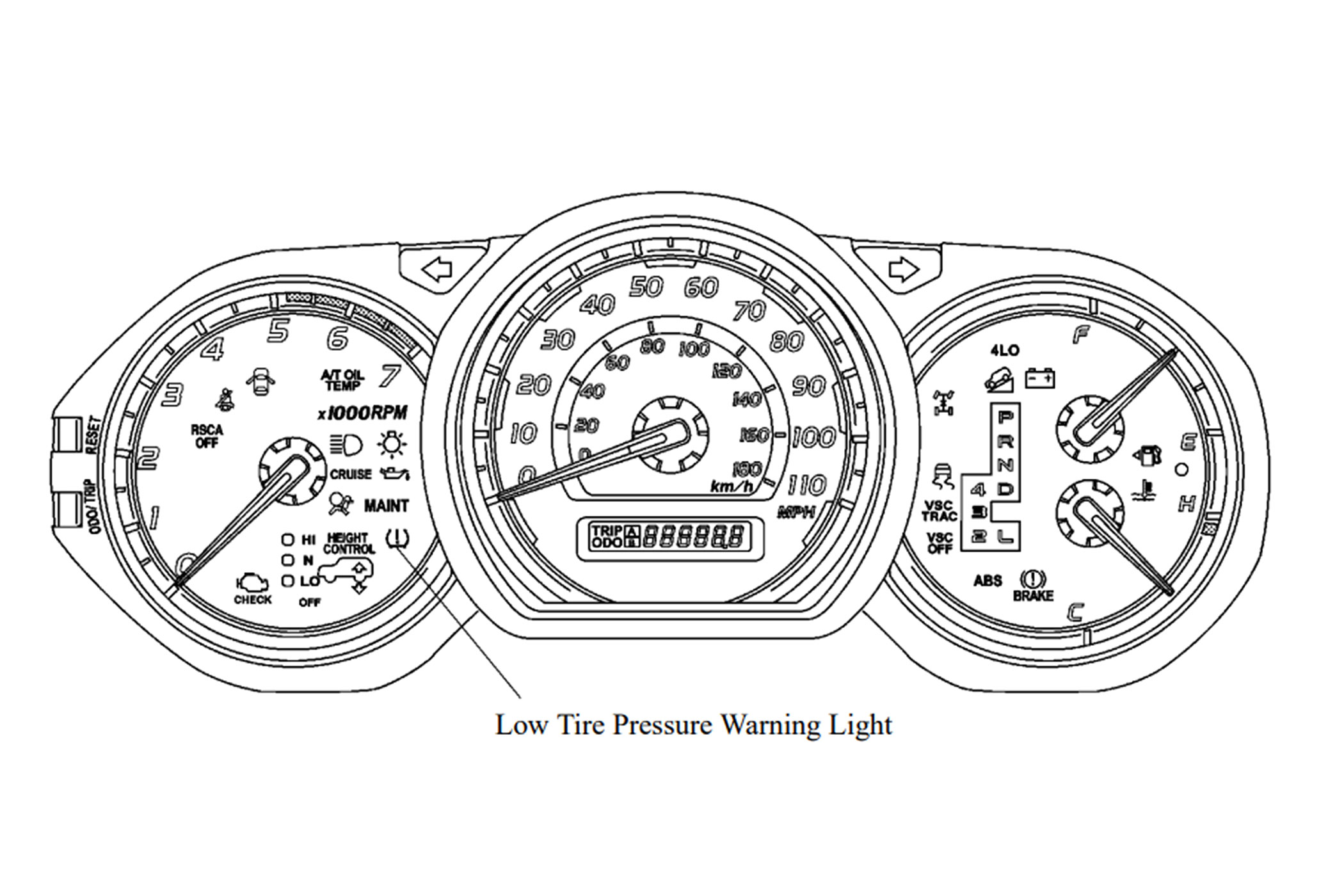
Toyota 4Runner Combination Meter |
What needs to be accomplished:
Connect a ground signal to the Tire Pressure ECU Indicator Light Output wire.
Start by removing the passenger side lower finish panel for access to passenger side underdash area.
Using a phillips screwdriver, remove one screw. Disengage three clips, and remove the No. 2 instrument panel under cover sub-assembly.
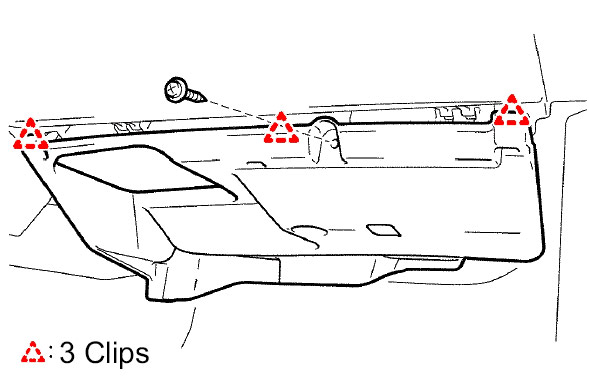
Remove Screw |
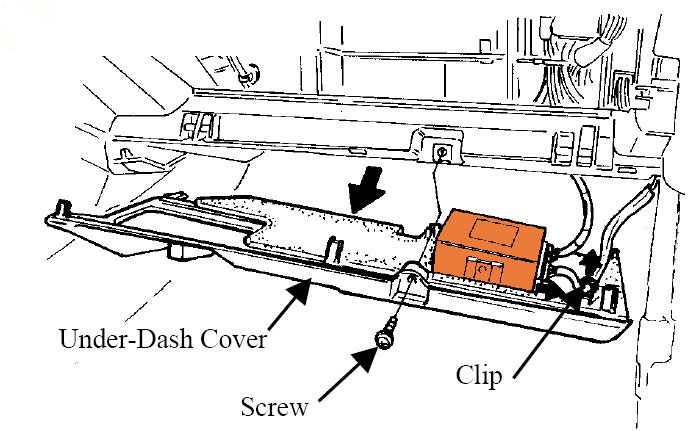
Disengage 3 clips |
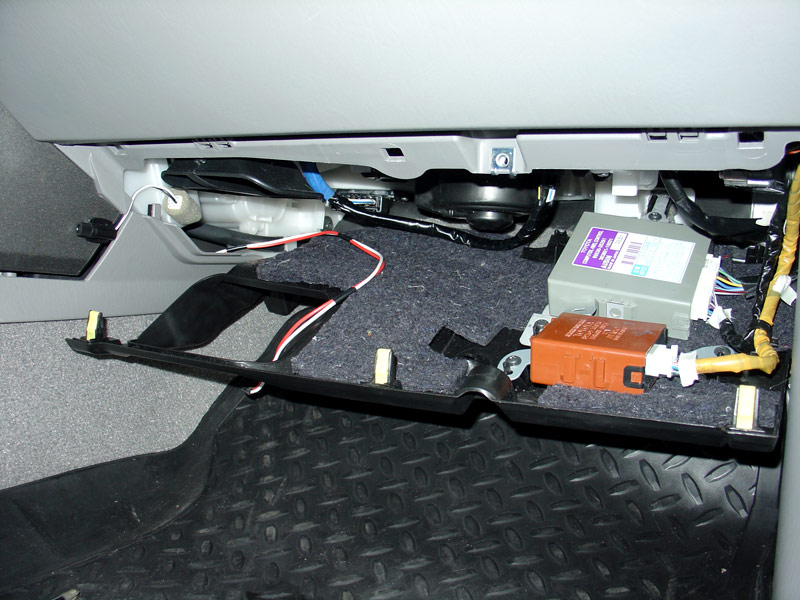
Lower panel to floor |
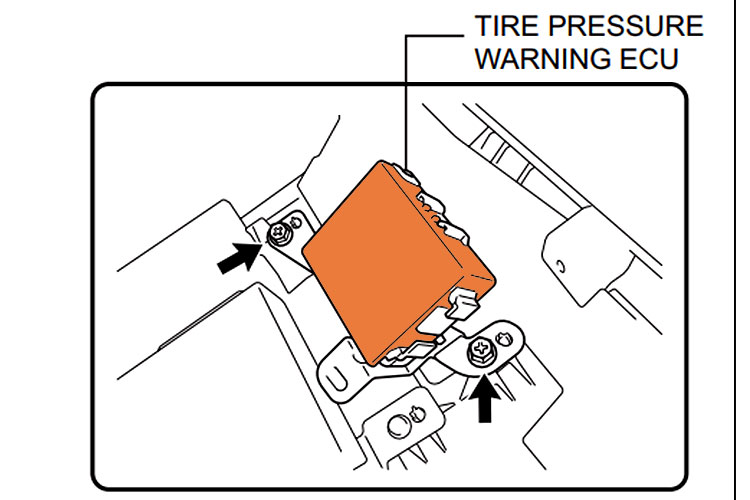
TPMS ECU
attached to passenger side lower finish panel |
Unplug the T16 Tire Pressure Warning ECU harness.
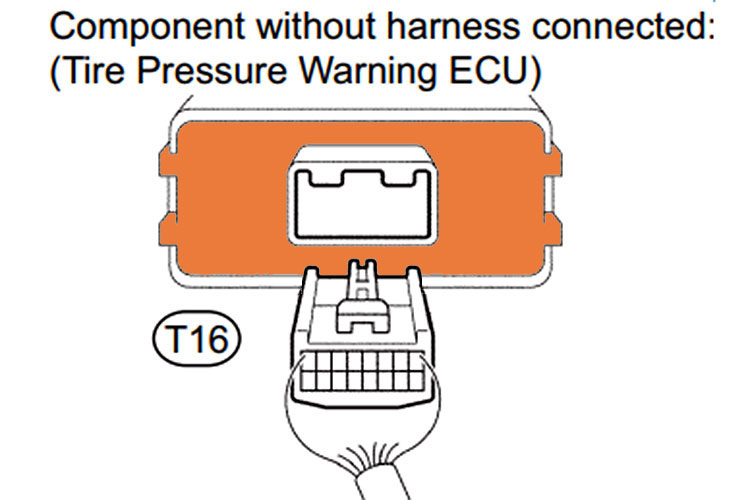
TPMS ECU |
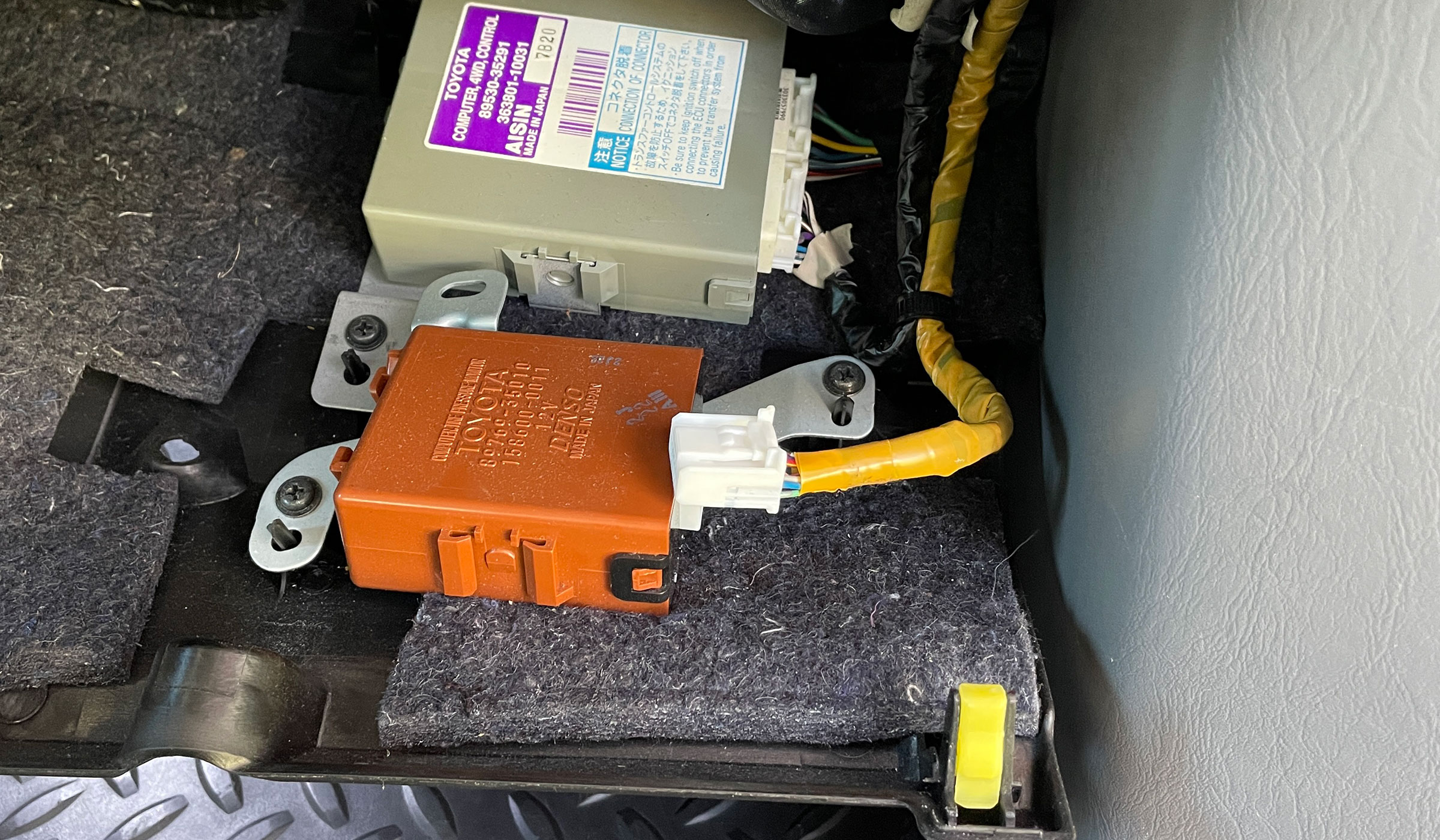
T16 TPMS ECU harness unplugged |
Prepare to connect wires going to pin #6 IND (Pink-Black) and #11 GND (White-Black) together.
First, remove a section of the factory yellow tape on the wire harness. Then undo a portion of the black protective wire covering.
Then, identify the #6 IND (Pink-Black) and #11 GND (White-Black) wires and move them into a position where they are close to each other.
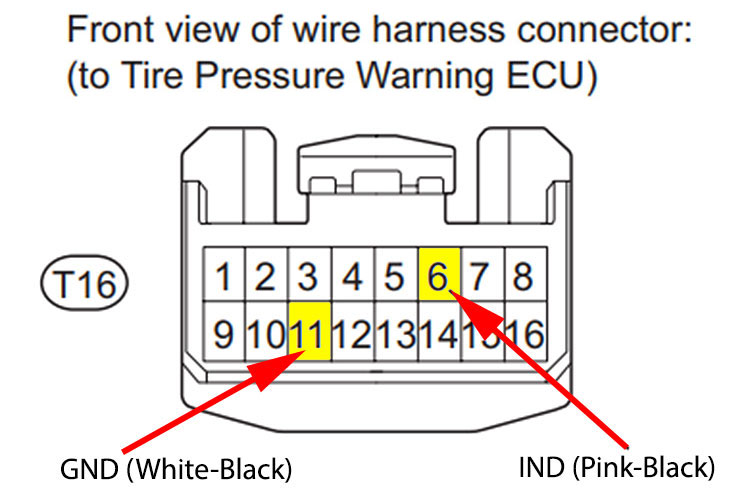
T16 TPMS ECU harness
Pinout Diagram |
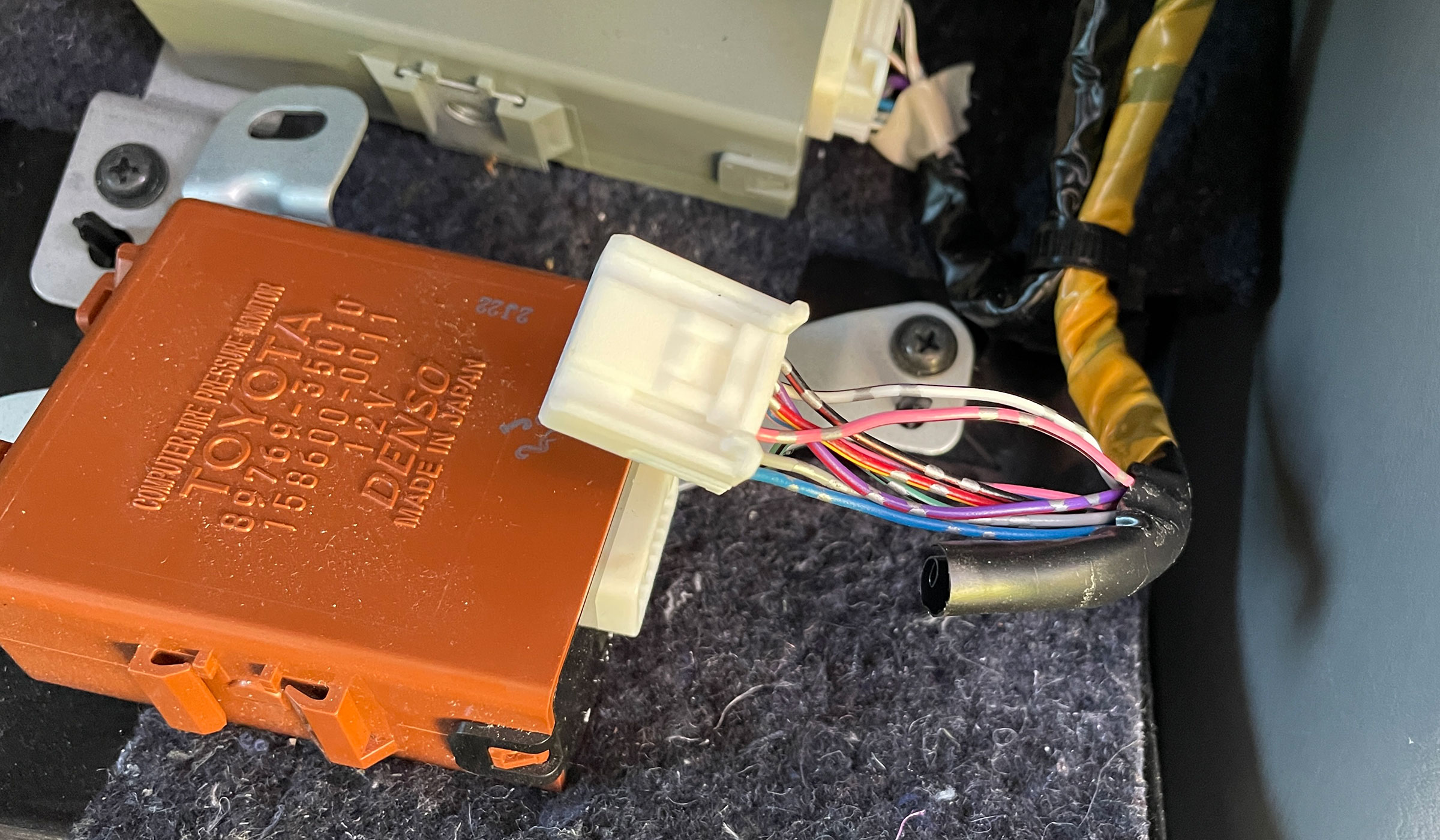
T16 TPMS ECU harness
Remove a section of the tape on the wire harness |
Now, connect the two wires going to pin #6 IND (Pink-Black) and #11 GND (White-Black) together.
I used a Light Blue 3M Scotchlok Electrical IDC (insulation displacement connection) #560 connector to do so.
This IDC accommodates 18 to 14 AWG solid/stranded wire and is used for two wire PARALLEL splicing like in this situation.
A #804 connector is not ideal for this situation as although it accomodates the same size wires, it is used for TAPING (electrically connects a tap wire to a run through wire) and not PARALLEL (double run) splicing.
Plug back in the connector, and re-tape the harness. The mod is complete. Entire process should take only 15 minutes.
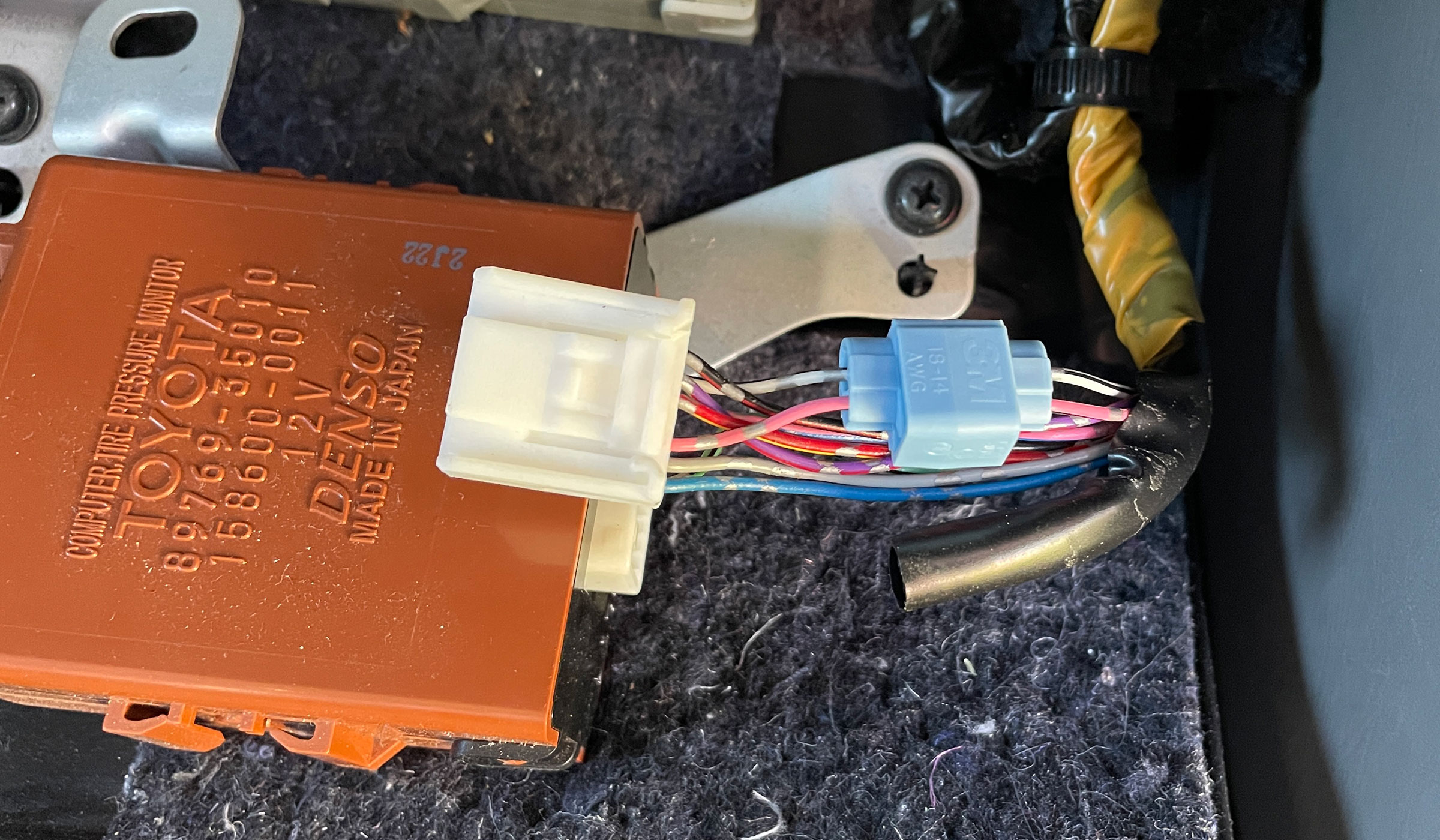
T16 TPMS ECU harness
two wires connected via #560 IDC |
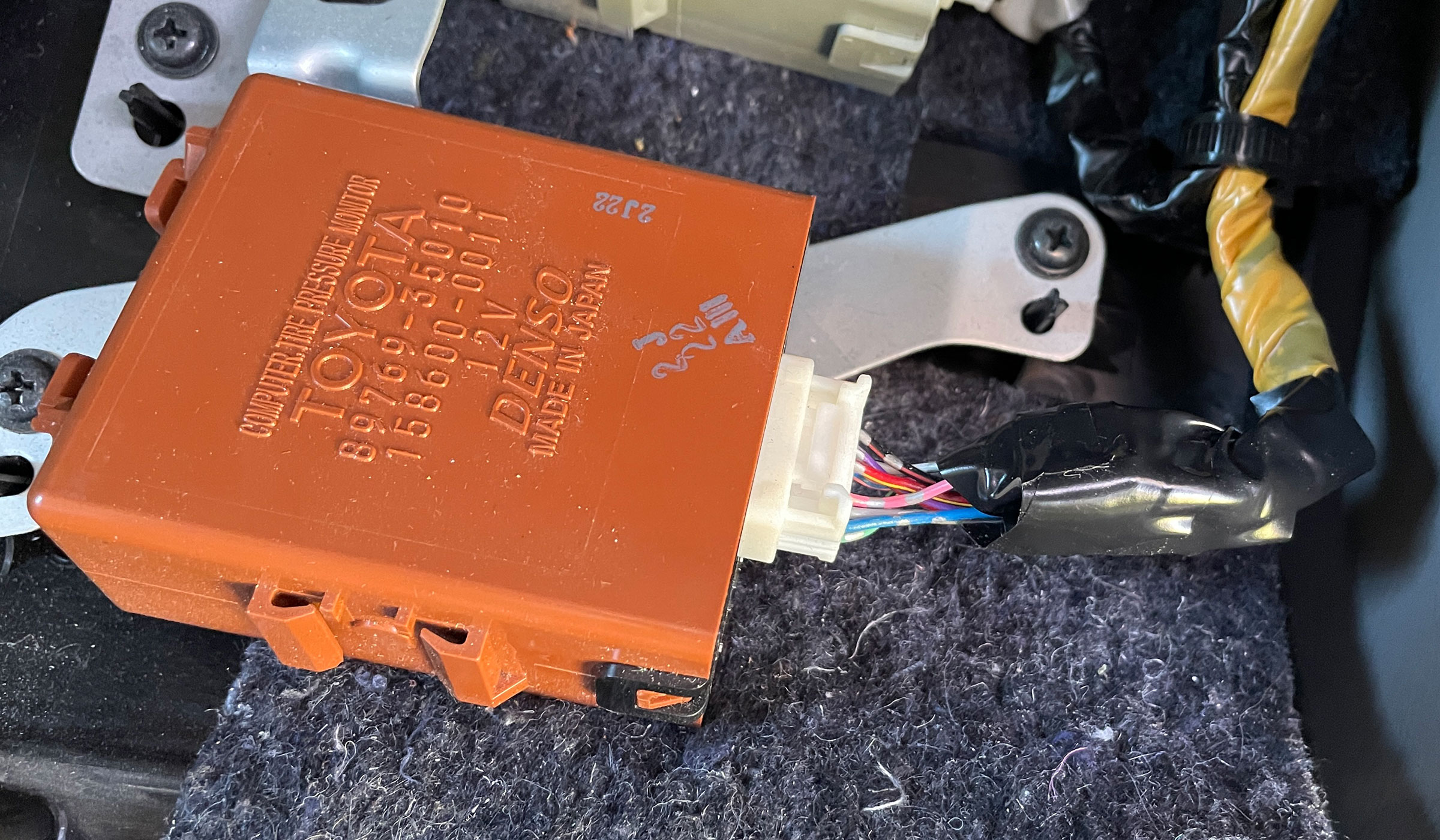
T16 TPMS ECU harness
Wire harness taped back up. |
|
|

